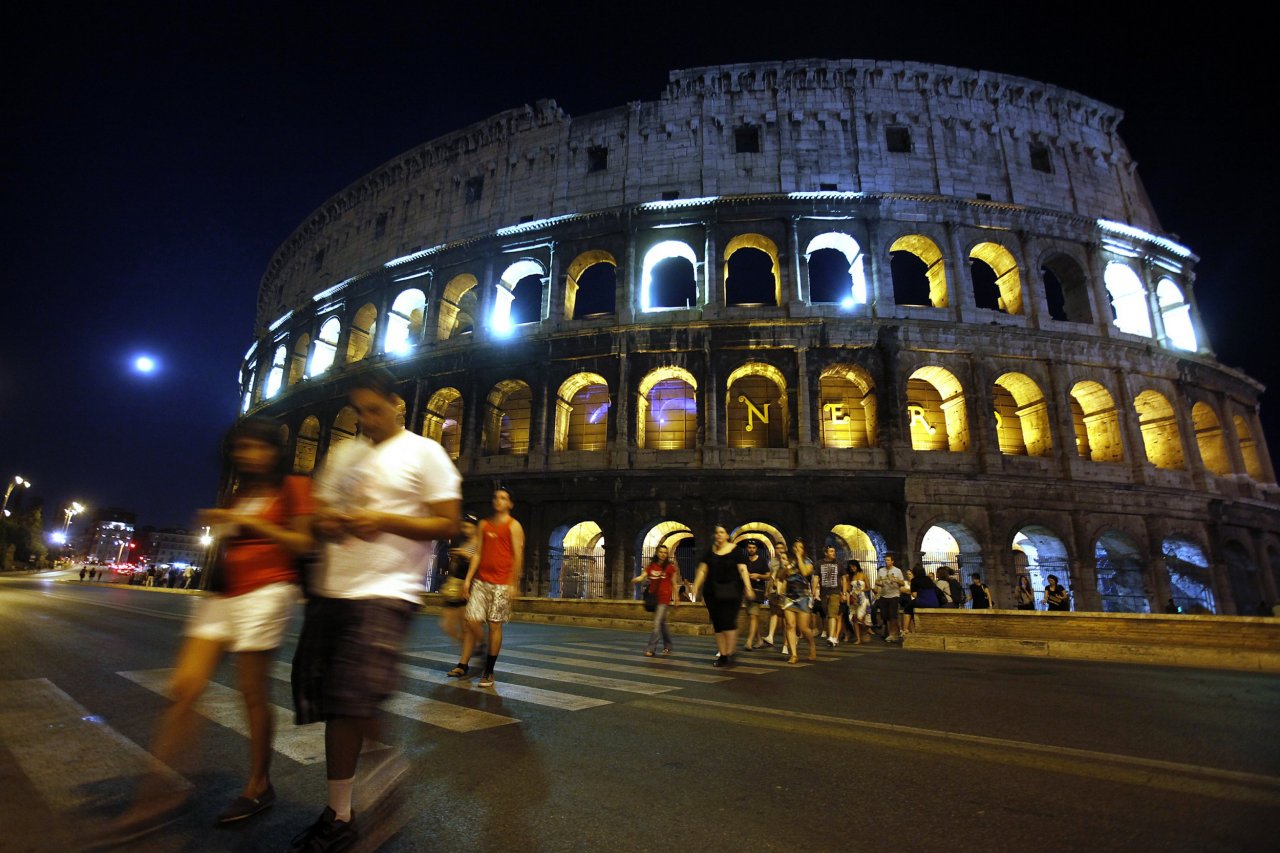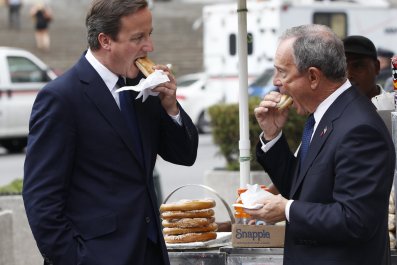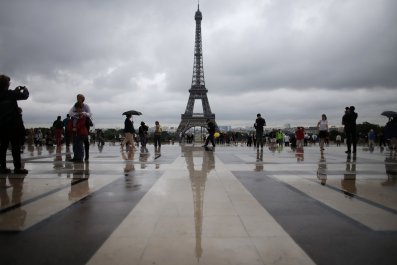Trends may come and go, but for Europe's most famous fashion houses, philanthropy is always in style. In March, the jewelry and accessory house Bulgari announced it had committed $2 million to help restore the Spanish Steps in Rome. Fendi, the house behind Baguette and Peekaboo handbags, is funding a $2.7 million overhaul of the nearby Trevi Fountain.
And Tod's, the shoe and leather goods firm, has committed to the biggest project of all: the $34 million restoration of the Coliseum. Over the next two and a half years, workers will repoint the brickwork with new mortar, repair underground walls and blast purified water onto its stone exterior to remove soot and restore its original color.
"You can draw a lot of parallels with the Victorian philanthropists of the great industrial age," says Lucie Greene, editor of LS:N Global, the trends forecasting agency at London's Future Laboratory. "Wealthy industrialists in the U.K. were making so much money, they felt it was their Christian compulsion to give to society and create living environments that were beautiful. Something similar is unfolding now."
In the wake of the 2008 global financial crisis, public funding for culture has dried up. In Italy, the government budget for restoring cultural and archaeological sites has shrunk from more than $272 million a decade ago to just $76 million last year, which simply isn't enough to maintain the country's 5,700 important archaeological sites.
In March, after a series of walls collapsed in Pompeii, Italian Prime Minister Matteo Renzi pleaded with private investors to step in and make up the government shortfalls. "What are you waiting for?" he asked. "If the private sector can keep the wall standing upright, why not allow it to?"
And so the luxury goods sector, which weathered the recession better than most, has sashayed into the frame. Executives understand their firms benefit from their own conspicuous largesse. Restoration work connects the brand to national heritage. The headlines come easy.
In the summer of 2012, authorities in Rome had to carry out an "emergency intervention" on the Trevi Fountain, one of the city's most enduring symbols. Large portions of plaster and stone had fallen from its ornate facade depicting a merman and a muscled god of water riding a seashell chariot.
The following January, Fendi's creative director, Karl Lagerfeld, announced the company's $2.7 million donation. A City of Rome press release cast him as a cultural savior. "The historic Roman fashion brand boasts a deep bond with the Eternal City and has always looked to it for endless inspiration and cultural stimuli," it gushed.
While that kind of good PR may resonate with people in general, Greene says it is targeted at luxury shoppers in particular. "These donations and sponsorships help brands align themselves with the principles of philanthropy espoused by wealthy, intelligent, sophisticated consumers," she says. "In some ways, luxury brands are emulating the behavior of their high-net-worth customers."
In their rush to restore monuments, fashion executives have learned they have to tread carefully. Too much PR comes off as tasteless and makes consumers wary of a brand's motives.
Tod's Chief Executive Diego Della Valle came under fire after it emerged that, in exchange for restoring the Coliseum, Tod's negotiated the right to publish its logo on tickets to the venue, which are bought by more than 6 million tourists every year. Images began circulating on the Internet showing the 2,000-year-old amphitheater displaying the company's logo. A consumer group went to court to block the deal, and the country's antitrust authority probed precisely how Tod's had secured the deal. (A judge dismissed the case after two years of hearings.)
But even critics admit that the potential for logo-clad tickets is better than the alternative. In the final round of negotiations, officials in Rome could have gone with Ryanair, the low-cost Irish airline. Reports say it wanted to shroud the site in massive banners likely featuring its bright blue-and-yellow logo.
In Venice, Diesel owner Renzo Rosso is funding the $6.8 million restoration of the Rialto Bridge. In exchange, the denim giant can project advertising onto the 400-year-old structure and plaster Diesel branding on vaporetti, the city's water taxis. "I hope the campaign will not be invasive," Rosso said in 2012.
All the mutual back-scratching follows centuries of tradition, says Jane da Mosto, co-founder of We Are Here Venice, a nonprofit concerned with the city's future. "Most monuments in Italy were originally built with some form of private support—even churches—in exchange for a guaranteed place in heaven," she says. "Businesses have their motives, but we agree that it is good that they have tax advantages and PR rewards for contributing to preserving cultural heritage."
Some boldfaced names give quietly. The children of fashion designer Salvatore Ferragamo, who were all born in Florence, have given $816,000 to restore and fit air conditioning in eight galleries in the Uffizi art gallery there. "They are not flashy people, they are not snobs, and they don't want to be the first in line," says Stefania Ricci, director of the city's Ferragamo Museum, who has known the family since 1984. "This year they sponsored the restoration of the door of the Santa Trinita Church [in Florence], but no one knows," he says.
Ricci was approached by a French film crew filming a documentary about the Medicis, the Florentine family who were among the Renaissance's most storied patrons of arts. "They wanted to finish the film with Ferragamo because for them the Ferragamos were like the Medicis of today," she says.

























